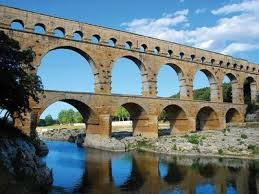Etruscan and Roman Republic Art
1/7
There's no tags or description
Looks like no tags are added yet.
Name | Mastery | Learn | Test | Matching | Spaced |
|---|
No study sessions yet.
8 Terms
Sarcophagus with Reclining Couple
Cerveteri, ca. 520 BCE Etruscan
Terracotta; found in a tomb.
Husband and wife shown together—unusual compared to Greek funerary art.
Shows Etruscan focus on life, banquets, and intimacy, not death.
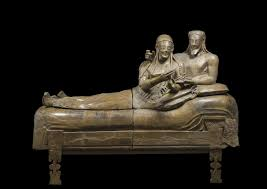
Tomb of the Leopards (interior)
Tarquinia, ca. 480–470 BCE Etruscan
Fresco walls of an elite tomb.
Banqueters, musicians, dancers; emphasis on joyful afterlife.
Leopards guard the space (symbol of protection).
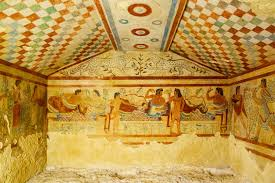
Capitoline Wolf
Rome, ca. 500–480 BCE Etruscan
Bronze; symbol of Rome’s origin myth (Romulus & Remus; babies added later).
Fierce, alert wolf—emphasizes Roman virtue of strength and watchfulness.
Probably Etruscan craftsmanship.
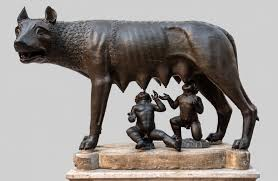
Temple of Portunus (Fortuna Virilis)
Rome, ca. 75 BCE. Roman Republic
Best example of Roman Republican temple type.
Pseudoperipteral: engaged columns along sides.
Blend of Greek (columns) + Etruscan (high podium, single staircase).
Imitation marble using stucco.
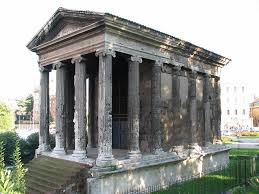
Head of an Old Man (Osimo)
Mid-1st c. BCE Roman Republic
Extreme verism: wrinkles, sagging skin, age emphasized.
Republican values: wisdom, experience, gravitas.
Portraits of elite senators.
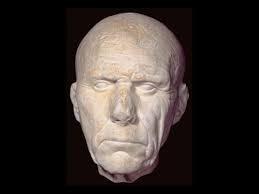
Dionysiac Mystery Frieze
Villa of the Mysteries, ca. 60–50 BCE. Roman Republic.
Second Style wall painting (illusionistic).
Initiation rites of the cult of Dionysus.
Life-sized figures interacting across the walls.
Emphasis on drama, ritual, and psychological intensity.

Alexander Mosaic (Battle of Issus)
Copy of ca. 310 BCE painting; mosaic in Pompeii Roman Republic
Depicts Alexander vs. Darius III.
Tesserae mosaic with foreshortening, complex reflections, movement.
Propaganda celebrating heroic leadership.
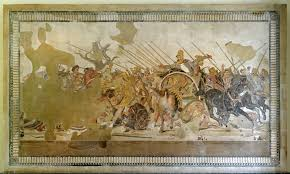
Pont du Gard
Nîmes, 16 BCE. Roman Republic
Roman aqueduct and bridge.
Demonstrates engineering skill; gravity-fed water system.
Perfectly cut stone; no mortar required.
